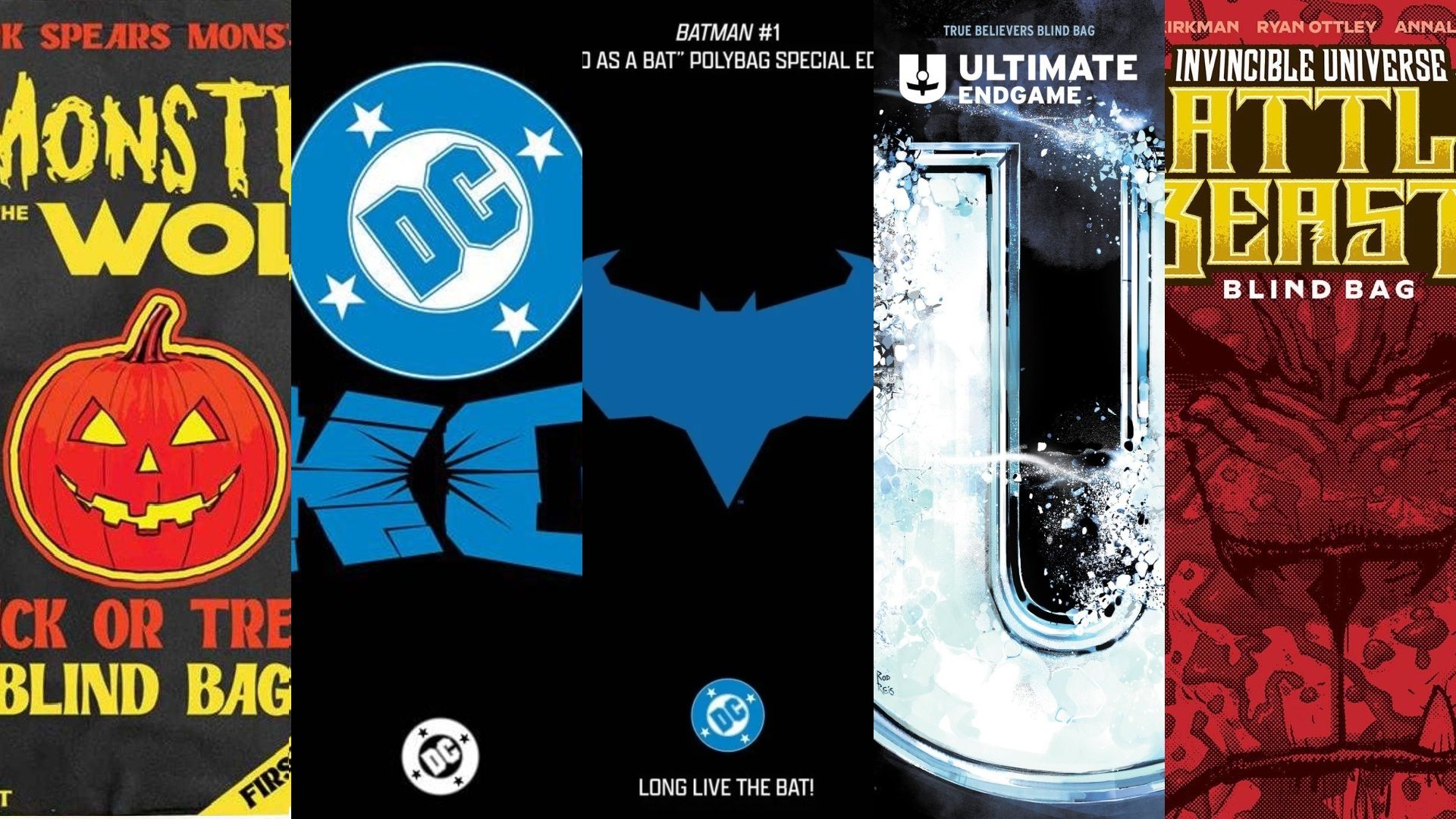
I like to occasionally share interesting facts about comic book history, and today I’m going to talk about the issues with the growing trend of selling comics in ‘blind bags’ – where you don’t know what you’re getting.
The comic book industry is increasingly using “blind bags” – sealed comics where the cover is a surprise until you open them. These can sometimes contain rare variant covers. Some publishers, like DC with their “Blind as a Bat” and “Lights Out” bags for Batman and DC KO respectively, charge extra for these mystery comics (the Batman variants were all foil covers). Other publishers, such as IDW and Marvel, offer them at the regular comic book price, simply adding an element of surprise to the purchase.
These collectible blind bags have been incredibly popular, but some retailers have caused controversy by opening them before the official release date and selling the cover images online. They justified this practice by comparing it to pre-selling other comics, as long as the actual books shipped after the release date. However, the issue here is that the mystery of what’s inside the blind bag is a key part of the product, and opening them beforehand defeats that purpose.
With blind bag variants becoming increasingly common in comics – like every issue of Mark Spears’ Monsters – it’s worth considering whether this trend actually benefits the industry. I have mixed feelings about it, and I’ll explain both why I understand the appeal and what I see as the biggest drawback.
What is the upside of Blind Bags?
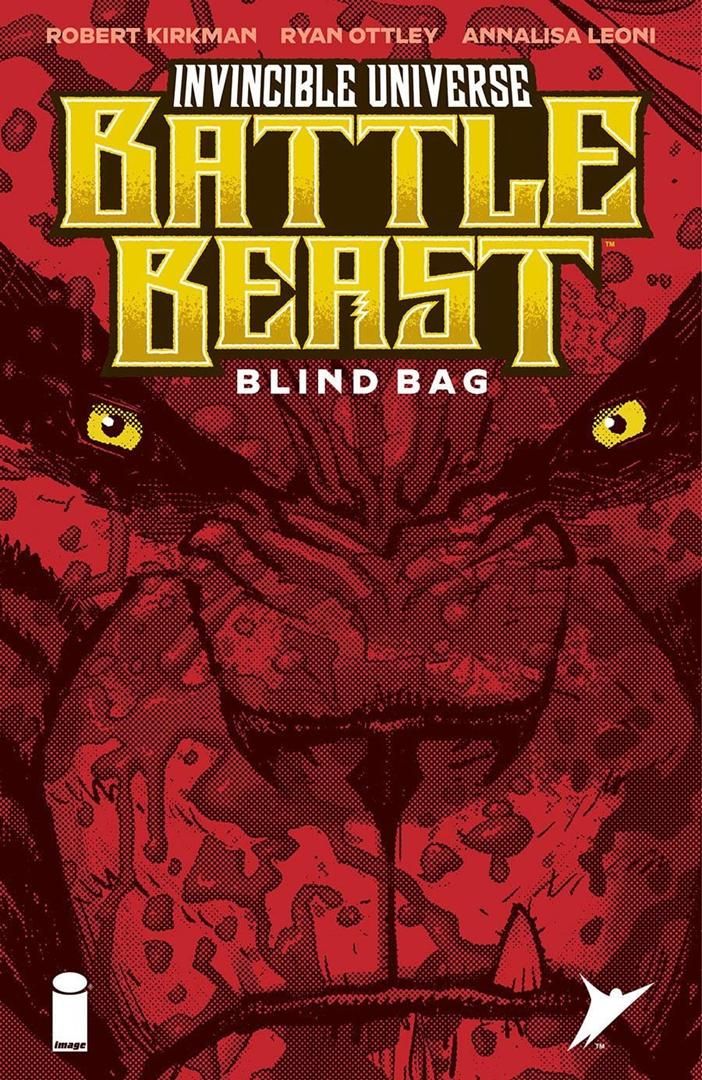

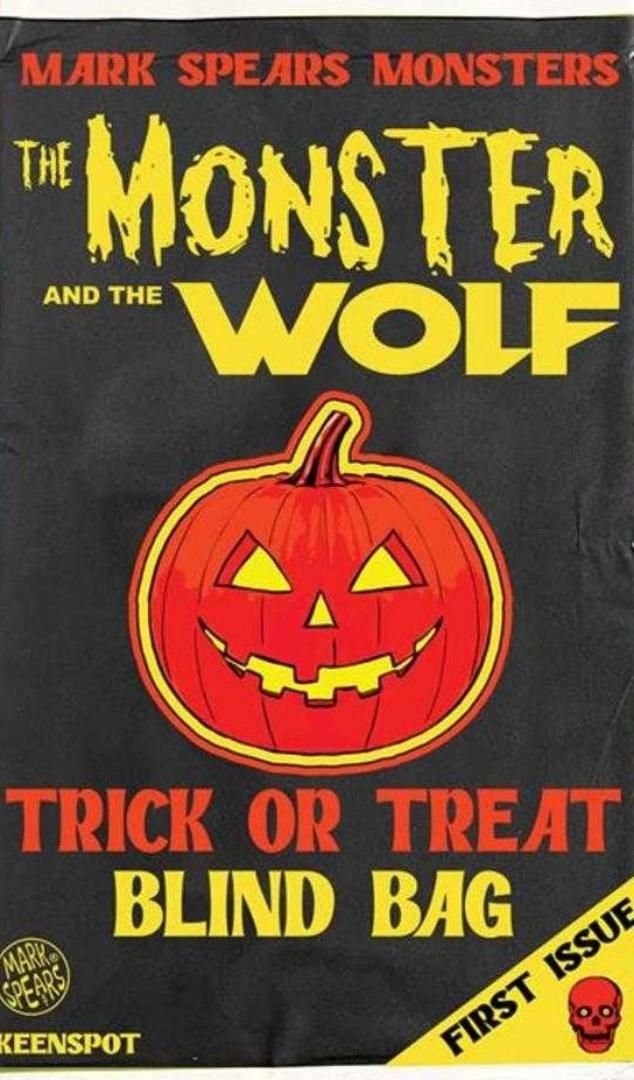
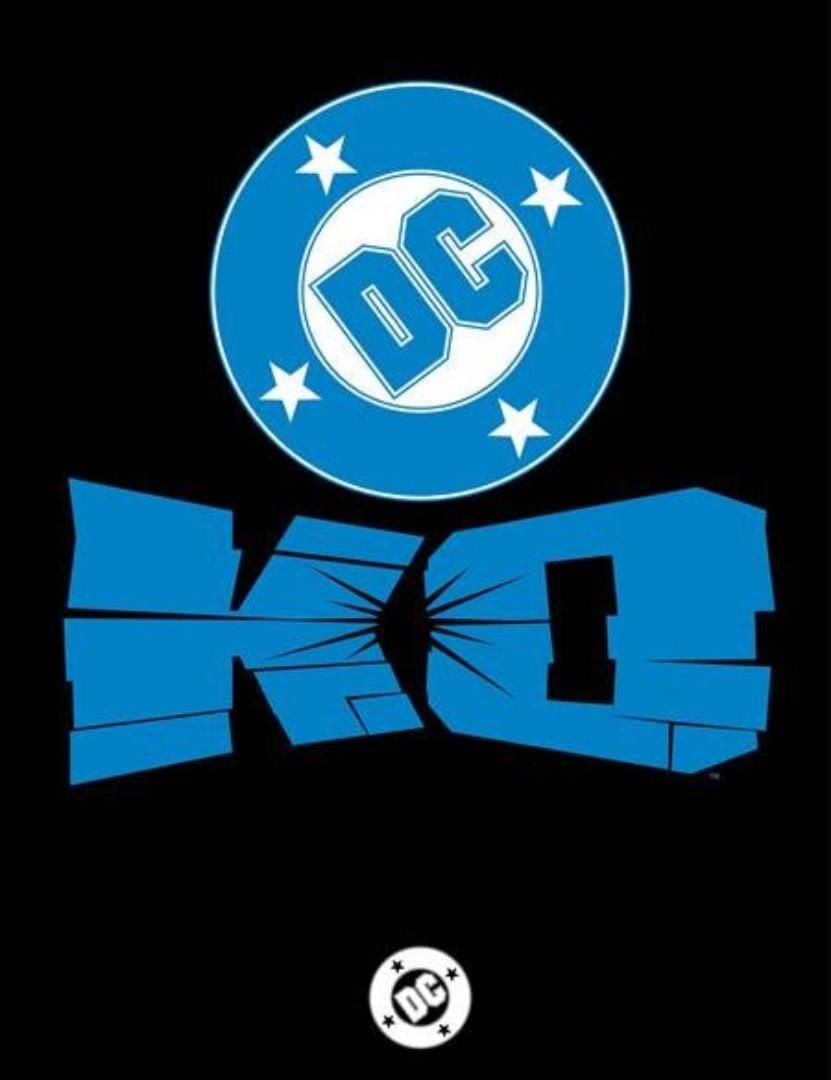
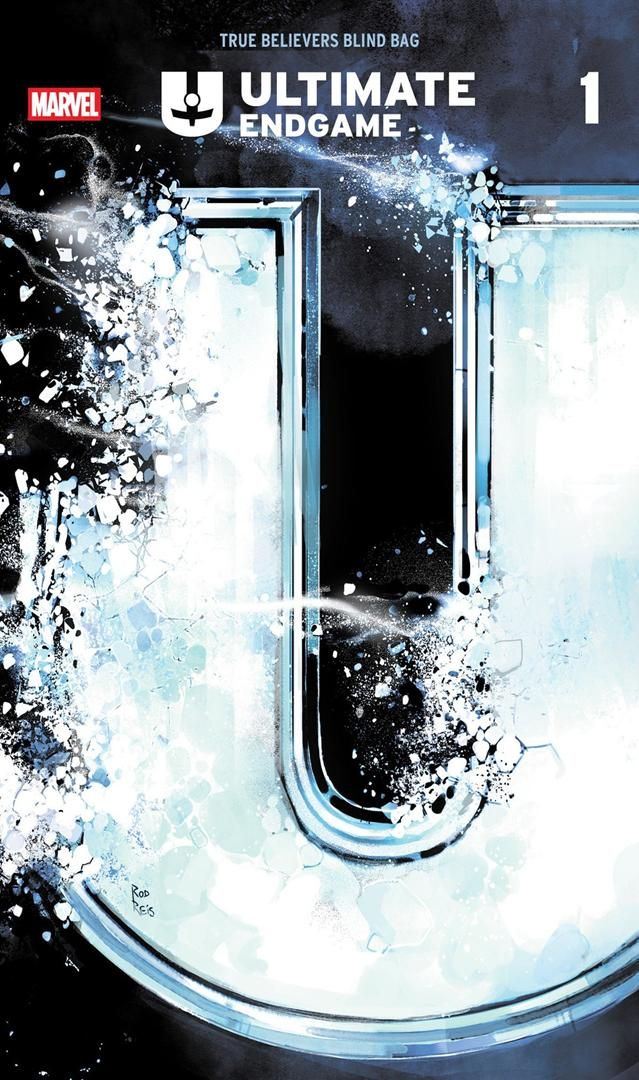
As a long-time comic book fan, I’ve definitely noticed things picking up lately! There’s just a lot more buzz around comics than there has been for a while. It’s always been a hobby with dedicated fans, but when there’s genuinely exciting stuff happening – like with the launch of the Absolute, Ultimate, and Energon Universes – it really gets everyone hyped. It’s cool to see because when one part of the comic world does well, it seems to benefit everyone. It’s like a rising tide – everything gets lifted up!
Basically, when customers visit a comic book store for popular titles like Absolute Batman or Absolute Wonder Woman, they’re likely to buy other comics too. This is what made the late 1980s and early 1990s a great time for comics – books like Uncanny X-Men and Spider-Man were so popular that they boosted sales for everything else. We saw something similar in 1966 with “Batmania,” when the popularity of Batman helped the entire comic book industry thrive.
The Bling Bag program taps into the popular trend of ‘unboxing’ videos, where people film themselves opening surprise packages to reveal the contents. This is especially common with collectibles like Pokémon cards and baseball cards. The excitement viewers feel when others discover rare or desirable items is really contagious.
The problem is that this excitement only lasts if people actually want the items inside the blind bag. If you started offering them with every comic book, the initial hype would probably die down. But right now, there’s a lot of genuine interest, and it’s hard to dismiss that.
What is the main problem with Blind Bags?
The biggest issue with these “Blind Bags” is that they remind me of the old days of comic book gimmick covers. People were initially thrilled with things like foil or glow-in-the-dark covers, but there were so many produced that the excitement eventually faded. It’s a similar situation happening now with these blind-packaged collectibles.
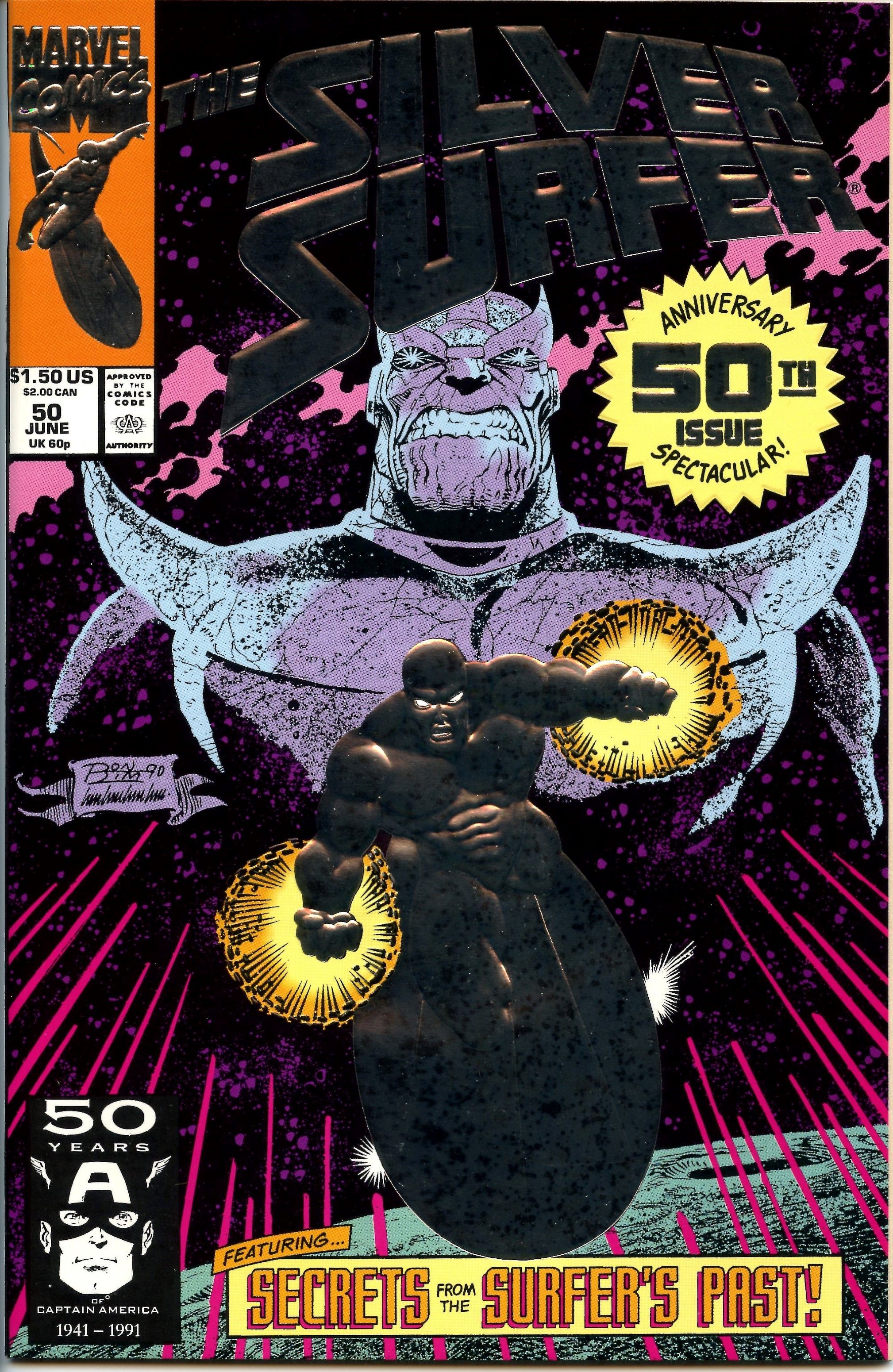
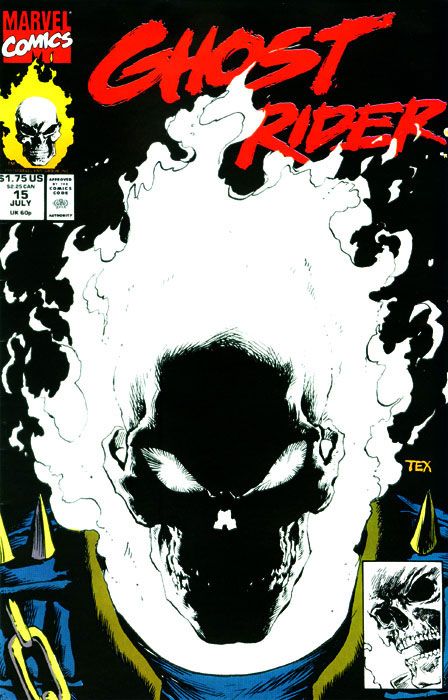
Today, it’s common to see multiple different covers for nearly every comic book. Most titles have at least three, and often even more. Variant covers used to be a special treat for collectors, but now they’re just a regular part of the comic book landscape.
Blind Bags stand out from other collectible items because people purchase them for the item inside, while with variant or gimmick covers, the appeal is the artwork itself. Artists like Artgerm, Mark Spears, and Derrick Chew are popular specifically because fans want their work – people will actively seek out comics with their covers. That’s perfectly acceptable, but the primary motivation is the artist’s creation, not the item as a whole.
Back when comic books had special, attention-grabbing covers, they were often fun and fans collected them because they simply liked the artwork. These covers were more appealing than the regular ones, giving readers a reason to choose them. Ultimately, people were choosing to buy a comic based on the art itself.
Blind bags rely on the excitement of potentially getting a rare item – it’s similar to buying a lottery ticket. You’re not actually purchasing a comic book cover you like, but rather a chance to own a valuable, rare version of it. This shifts the focus away from appreciating the art itself and turns it into a form of gambling.
Many comic book fans enjoy collecting blind bags, and that’s great, but I’d prefer the focus remain on appreciating good comics themselves, rather than just trying to find rare and valuable items.
Read More
- Super Animal Royale: All Mole Transportation Network Locations Guide
- Zerowake GATES : BL RPG Tier List (November 2025)
- Shiba Inu’s Rollercoaster: Will It Rise or Waddle to the Bottom?
- Daisy Ridley to Lead Pierre Morel’s Action-Thriller ‘The Good Samaritan’
- Pokemon Theme Park Has Strict Health Restrictions for Guest Entry
- I Love LA Recap: Your Favorite Reference, Baby
- Wuthering Waves version 3.0 update ‘We Who See the Stars’ launches December 25
- New Friday the 13th Movie Gets Major Update From Popular Horror Director
- Will Prologue Go Wayback include coop multiplayer? There might be a chance
- Best Early Weapon Combos in Where Winds Meet
2025-10-24 02:40